*** Proof of Product ***
Exploring the Essential Features of “Gregory Ahuy & Bekzod Kasimov – Financial Model Online – Accounting for Financial Modeling”
Master Accounting for Financial Modeling from Basics to Advanced Based On Real World Exercises
Accounting for Financial Modeling will give you the skills to understand and analyze the financial statements of public and private companies.
Accounting for Financial Modeling Course – Objectives:
Accounting for Financial Modeling will give you the skills to understand and analyze the financial statements of public and private companies. The course covers essential and advanced topics related to the income statement, balance sheet, and cash flow statement, and will provide you with a robust skillset for analysis of advanced accounting issues that appear often in real-world financial analysis. The focus is on the US GAAP accounting, however, whenever the US GAAP deviates from the IFRS accounting, the difference will be reviewed.
In an online environment, you will go from basic accounting to advanced accounting topics relevant for investment analysis, debt structuring, and financial modeling of both public and private companies. This course is filled with quizzes and exercises that cover advanced accounting problems that you will not find in introductory accounting courses.
By the end of this course, you will have gained advanced accounting knowledge and you will be able to understand and analyze complex financial statements of public and private companies.
What This Course is About?
This course is about understanding the practical side of the complex accounting for public and private companies. In this course, we start with basic accounting subjects and quickly advance to complex issues that are not usually covered in most accounting courses.
The topics covered:
– Income Statement, Balance Sheet, and Cash Flow Statement;
– Accounts Receivable, Inventory, PP&E, Goodwill, Deferred Revenue, Accounts Payable;
– Net Operating Losses, Deferred Tax Asset & Liability;
– Revenue, COGS, SG&A, R&D, Depreciation, Amortization, Interest Expense, and Taxes;
– Debt & Equity Financing, APIC, Retained Earnings;
– Debt Financing Fees, Capitalized Interest, PIK Debt;
– Operating and Finance Leases;
– Bonds, Original Issue Discount & Premium;
– M&A Accounting;
You will learn about:
- How to account for different types of revenues, costs and expenses;
- How to account for assets and liabilities;
- How to account for equity;
- How to construct the income statement, balance sheet and cash flow statement;
- How to account for stock-based compensation;
- How to account for debt issuance costs, commitment fees, capitalized interest and PIK loans;
- How to account for bond premiums and discounts;
- How to account for operating and finance leases;
- How to account for M&A transactions;
This is the same comprehensive financial training used to prepare analysts and managers at top financial institutions and infrastructure funds.
How Does It Work?
The course length is over 8 hours.
First, we will review the basics of revenue, expenses, taxes, and net income in order to understand all essential components that make up the income statement. We will then construct an income statement for the fictitious ice cream business from scratch.
In the second part, we will review the accounting for assets, liabilities, and equity. We will cover the short-term and long-term assets such as cash, accounts receivable, prepaid expenses, inventory, PP&E, intangible assets, and goodwill. We will also cover short-term and long-term liabilities and equity such as accounts payable, deferred revenue, and debt and equity financing. We will end the second part of the course with homework focused on building the balance sheet of our ice cream business.
In the third part, we will focus on the cash flow statement and we will use the indirect method to generate the cash flow statement for the ice cream business.
In the fourth and final part, we will cover the advanced accounting topics focused on stock-based compensation, deferred taxes, debt fees, PIK loans, bonds, operating and finance leases, and M&A accounting.
Is This Course For You?
Yes, if you need to build, review or analyse financial models.
Typical students include analysts, managers, senior managers, associate directors, financial advisors, financiers and CFOs from project companies, investment banks, private equity and infrastructure funds.
Course Prerequisites
You will need the basic knowledge of investment concepts such as NPV and IRR.
Course Curriculum
Part 1: Basic Accounting
Financial Statements(6:50)
Revenue(6:58)
COGS(3:24)
SG&A and R&D(2:40)
Depreciation and CAPEX(6:05)
Intangible Assets and Amortization(4:33)
EBIT and EBITDA(6:18)
Interest Expense, Interest Income and Taxes(5:02)
Net Income(6:07)
Homework #1(11:21)
Homework #2(8:53)
Part 2: Balance Sheet
Introduction to Balance Sheet(7:03)
Current Assets, Cash & Cash Equivalents(2:09)
Accounts Receivable(2:24)
Inventory(10:37)
NCA: Property, Plant and Equipment(13:15)
Prepaid Expenses(2:49)
Intangible Assets(5:19)
Goodwill(3:58)
Accounts Payable(4:58)
Deferred Revenue(11:32)
Debt(9:36)
Equity(12:25)
Double Entry Accounting(11:36)
Homework #3(15:17)
Homework #4(66:47)
Part 3: Cash Flow Statement
Introduction to Cash Flow Statement(10:38)
Cash Flow Statement Example(7:32)
Homework #5(12:54)
Part 4: Advanced Accounting Topics
Part 4: Advanced Accounting Topics – Stock Based Compensation(26:07)
Deferred Tax Assets, Liabilities & Net Operating Losses(35:13)
Complexities in Accounting for Debt(54:41)
Operating & Finance Lease Accounting(26:39)
Accounting for Investments(59:17)
About us
FMO specializes in developing your financial modeling skills in project finance, investment banking, asset and wealth management. While we are a young firm, the team has decades of experience of complex financial transaction modelling.
The course is taught by Gregory Ahuy. Gregory started his career in investment banking as M&A analyst in London at Renaissance Capital – leading Russian investment banking firm. He was later relocated to Moscow to help with some of the biggest Russian M&A deals in mining and infrastructure sectors. Gregory continued his career at InfraRed Capital Partners, one of the largest infrastructure funds, focused on sourcing and executing greenfield and brownfield infrastructure projects in Eastern Europe. Later, Mr. Ahuy joined Eneco, one of the largest energy companies in the Netherlands where he led several renewable energy projects.
Please see the full list of alternative group-buy courses available here: https://lunacourse.com/shop/


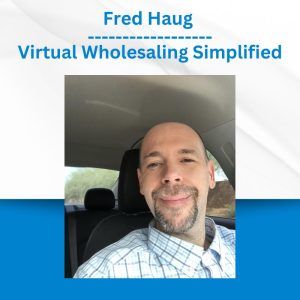




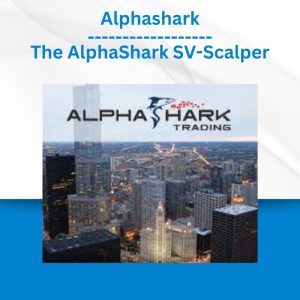


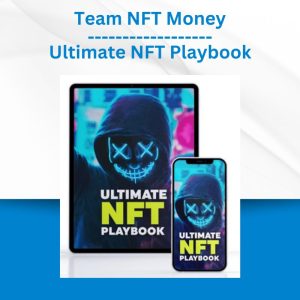 Team NFT Money - Ultimate NFT Playbook
Team NFT Money - Ultimate NFT Playbook 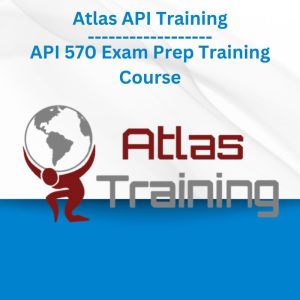 Atlas API Training - API 570 Exam Prep Training Course
Atlas API Training - API 570 Exam Prep Training Course  Peter Crone - Free Your Future Workshop
Peter Crone - Free Your Future Workshop  Money Miracle - George Angell - Use Other Peoples Money To Make You Rich
Money Miracle - George Angell - Use Other Peoples Money To Make You Rich  Oliver Velez - Essential Strategy Of Trade For Life
Oliver Velez - Essential Strategy Of Trade For Life 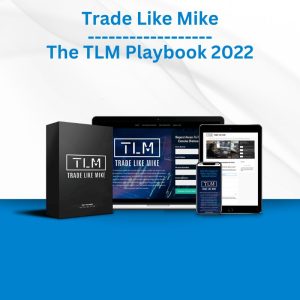 Trade Like Mike - The TLM Playbook 2022
Trade Like Mike - The TLM Playbook 2022  George Fontanills & Tom Gentile - Optionetics 6 DVD Series Home Study Course (Digital Download)
George Fontanills & Tom Gentile - Optionetics 6 DVD Series Home Study Course (Digital Download)  George Fontanills & Tom Gentile - Optionetics Wealth Without Worry Course
George Fontanills & Tom Gentile - Optionetics Wealth Without Worry Course  Berkeley Well-Being Institute - Prosocial Skills Article Package
Berkeley Well-Being Institute - Prosocial Skills Article Package  Robin Miller - The Scientific Guide to Health and Happiness
Robin Miller - The Scientific Guide to Health and Happiness  Akil Stokes & Jason Graystone - TierOneTrading - Trading Edge 2019
Akil Stokes & Jason Graystone - TierOneTrading - Trading Edge 2019  Pilar Jennings - Healing Stress: A Buddhist & Psychoanalytic Approach to Working with Anxiety in Body, Mind & Spirit
Pilar Jennings - Healing Stress: A Buddhist & Psychoanalytic Approach to Working with Anxiety in Body, Mind & Spirit 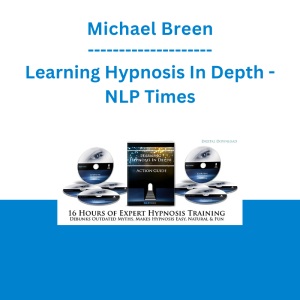 Michael Breen - Learning Hypnosis In Depth - NLP Times
Michael Breen - Learning Hypnosis In Depth - NLP Times  Simpler Trading - Bruce Marshall - The Options Defense Course
Simpler Trading - Bruce Marshall - The Options Defense Course 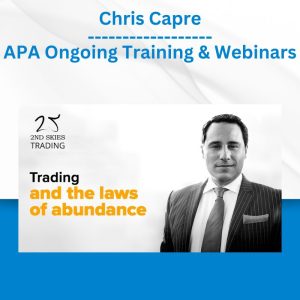 Chris Capre - Advanced Price Action Ongoing Training & Webinars
Chris Capre - Advanced Price Action Ongoing Training & Webinars  The Daily Traders – Exclusive Trading Mentorship Group
The Daily Traders – Exclusive Trading Mentorship Group  Leilani Alexander & Gwen Legler - Three Dimensional Therapy Study Course
Leilani Alexander & Gwen Legler - Three Dimensional Therapy Study Course 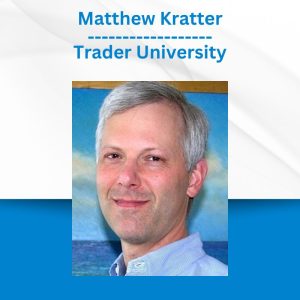 Matthew Kratter - Trader University
Matthew Kratter - Trader University  Hannah Chan - Get Him Obsessed - High Value Woman
Hannah Chan - Get Him Obsessed - High Value Woman  Jesse Livermore Trading System - Joe Marwood
Jesse Livermore Trading System - Joe Marwood 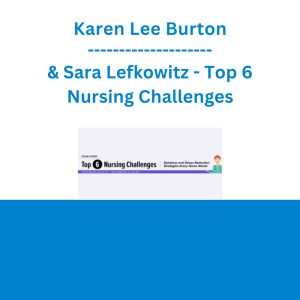 Karen Lee Burton & Sara Lefkowitz - Top 6 Nursing Challenges: Solutions and Stress Reduction Strategies Every Nurse Needs
Karen Lee Burton & Sara Lefkowitz - Top 6 Nursing Challenges: Solutions and Stress Reduction Strategies Every Nurse Needs 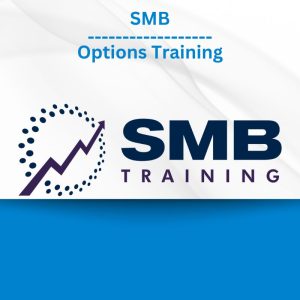 SMB - Options Training
SMB - Options Training  Crypto Dan - The Crypto Investing Blueprint To Financial Freedom By 2025
Crypto Dan - The Crypto Investing Blueprint To Financial Freedom By 2025 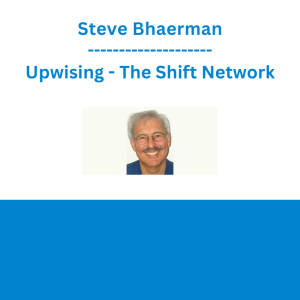 Steve Bhaerman - Upwising - The Shift Network
Steve Bhaerman - Upwising - The Shift Network 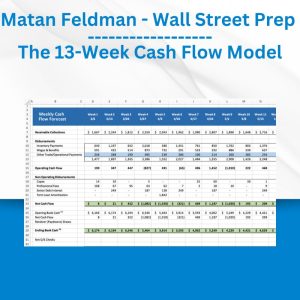 Matan Feldman - The 13-Week Cash Flow Modeling - Wall Street Prep
Matan Feldman - The 13-Week Cash Flow Modeling - Wall Street Prep  Ed Ponsi - Forex Trading
Ed Ponsi - Forex Trading  Julian Scott - Healing the Eyes with Acupuncture
Julian Scott - Healing the Eyes with Acupuncture 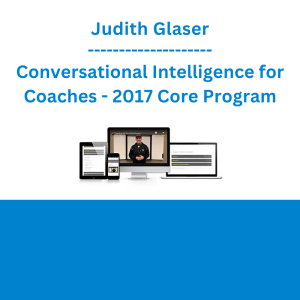 Judith Glaser - Conversational Intelligence for Coaches - 2017 Core Program
Judith Glaser - Conversational Intelligence for Coaches - 2017 Core Program  Joseph Riggio - P4 - Personal Performance & Leadership - Advanced Somatic Training
Joseph Riggio - P4 - Personal Performance & Leadership - Advanced Somatic Training  Sovereign Man Confidential - Renunciation Video
Sovereign Man Confidential - Renunciation Video  Shelly Denes & Karen Pryor - “Fall Is Not A Good Season For Patients” - Improving Hip, Rib and Compression Fracture Dangers and Mortality Rates” - Part Two
Shelly Denes & Karen Pryor - “Fall Is Not A Good Season For Patients” - Improving Hip, Rib and Compression Fracture Dangers and Mortality Rates” - Part Two